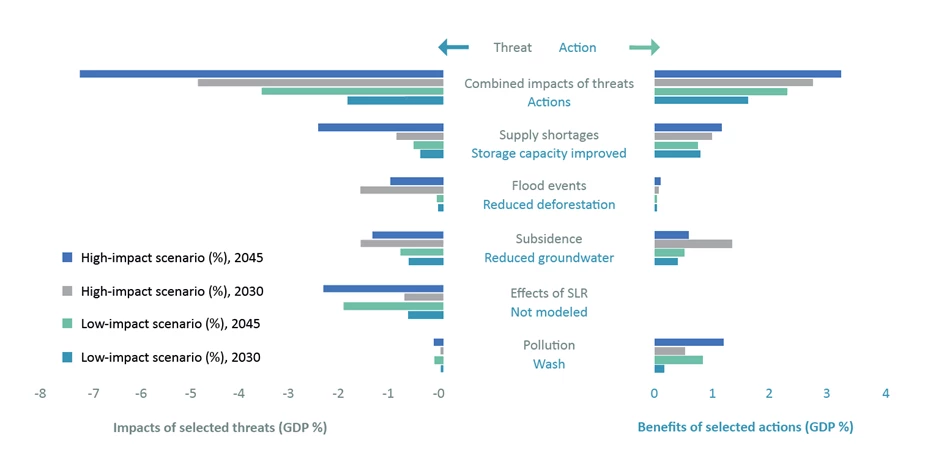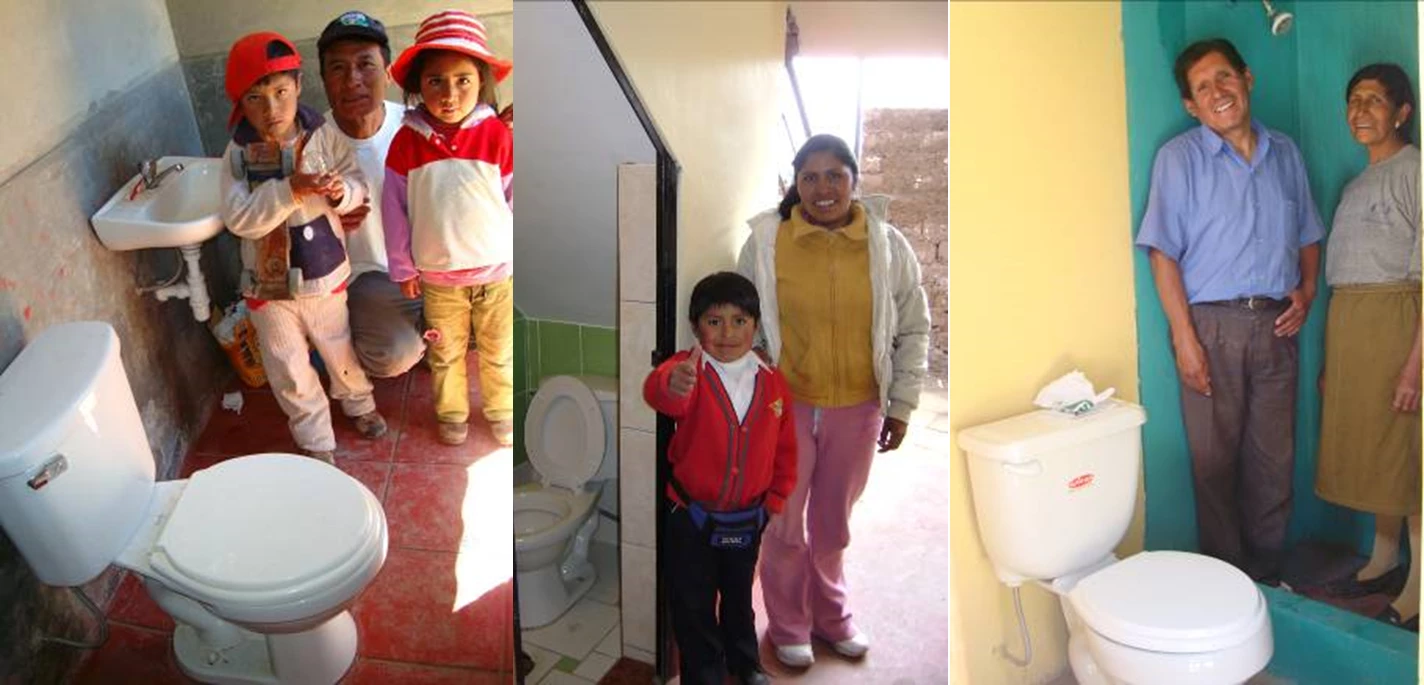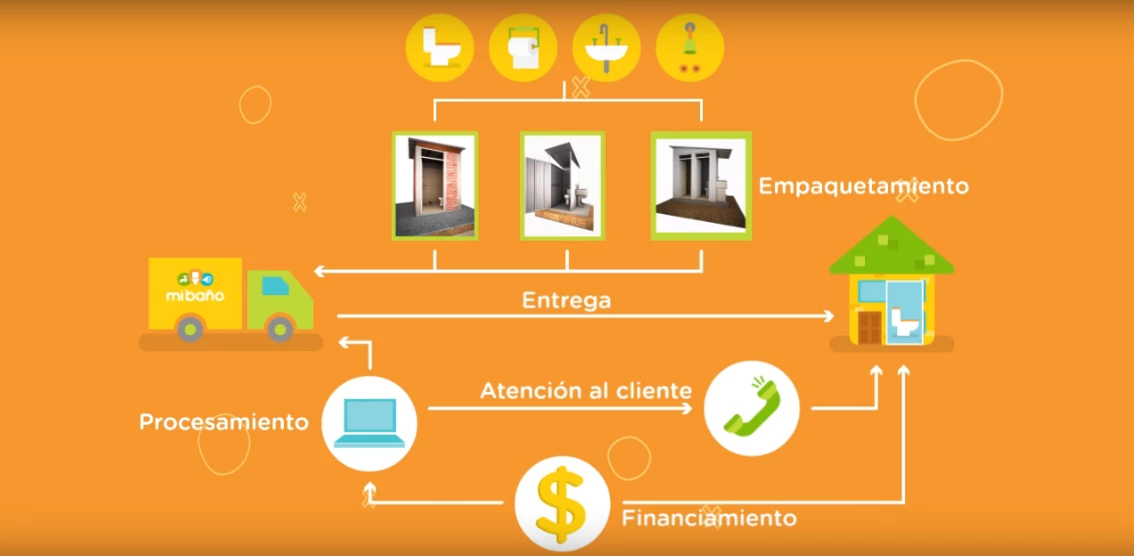What is your dream?
Many people living in Peru dream of having a safe, well-built, multi-use bathroom that includes an adjacent area for a shower with a nice shower curtain and mirror and is constructed with bricks and cement, and has a wooden door and window. Sounds ordinary, right?
But for 2.4 million households in Peru this dream is out of reach because they have no access to credit lines, and the only way for them to construct an in-house bathroom would be by paying the entire construction cost upfront. This situation created an unexplored market estimated at $500 million – an amount large enough to attract private sector investors.
The result was the “ Mi Baño”: a bathroom in a box delivered to a client’s door ready to install, which can be financed through a microfinancing mechanism designed exclusively for its commercialization.
Mi Baño offers three tailored and bundled sanitation products that were designed taking into consideration the three top attributes that drive the purchase of sanitation products in Peru: safety, durability and comfort. In addition, it is a practical solution for both households that have access to a water and sewer network but do not have an adequate sanitation facility within their homes, or that do have water supply, but do not have adequate sanitation in their homes.
It was a great product, but there was another problem at the time: how to market it and receive acceptance from its targeted audience. The team knew that in addition to regular marketing they would need to promote behavior change, since this section of the population was not in the habit of using an indoor flush toilet. Hence, a holistic approach was adopted that included promotion through media, distributing information, and in-person education and counseling. This resulted in a widely accepted brand, and 99% of the inquiry respondents considered “a bathroom in a package” that was ready to install the best solution for families that did not have a bathroom.
Another key element also remained: affordability. The cost and difficulty of financing sanitation products was the main obstacle for the millions of households without an in-house bathroom. To solve this problem, the World Bank Group team, supported by SNTA, developed an innovative and viable business plan with a common vision that was fully endorsed by the Peruvian Industry Association.
This business model was built around a unique platform that included participation from multiple partners such as large-scale manufactures, logistic operators, IT services, communal promoters, small hardware stores, and microfinance institutions. As a result of this collaborative work, the price of these bathrooms was 40% lower than what families would have to pay to search for and purchase standalone pieces, including time, transport, and freight costs.
Furthermore, the monthly amount families needed to make this purchase decreased thanks to the support of a group of microfinancing institutions, which developed ad-hoc micro loans and savings products for Mi Baño. While in 2008 the cost of a complete bathroom package represented 14% of the monthly average household expenditures of the bottom 40% of the poorest population, in 2015 the same package represented only 5%.
SNTA support helped:
- Develop the micro lending of this product including pre-screening the municipal development banks (CMAC) that supported the program.
- Conduct market research and design of micro lending products.
- Implement a monitoring and evaluation program.
And if you’re wondering what a face of someone who has achieved their dream looks like, just see the pictures and testimonials below.
For more information about SNTA programs and funding, visit our website.
You can also watch a YouTube video on the Mi Baño project here produced by the World Bank.

“I have taken the first step to achieve the first part of my dream, and now I can go and chase the other parts of it.” María Jovita Gutiérrez Briones (54 years old), Cajamarca, Peru.

“For the past 13 years, since we have had access to the water and sewer network, I’ve been waiting to have a bathroom like this one, and now I am finally able to have it!” Testimonial collected by Cajamarca.



Join the Conversation